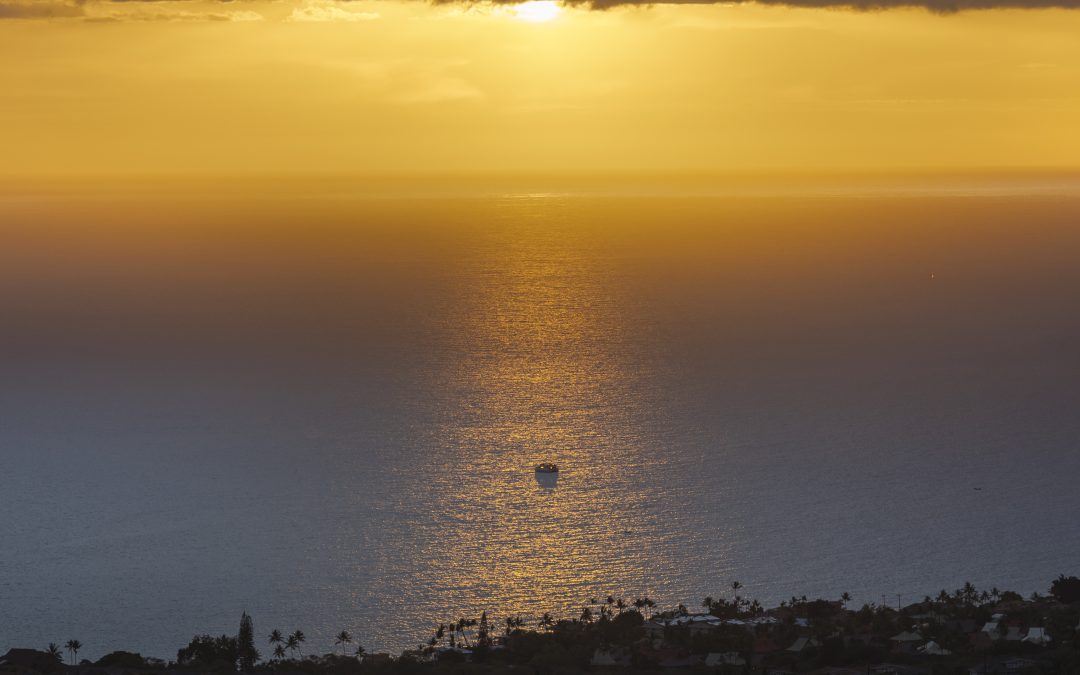Kona Hills Estates and Hualalai Vistas Contingent and Pending Properties
No listings found for this criteria.
ABOUT KONA HILLS ESTATES
Kona Hills Estates is a gated community located on the slopes of Hualālai mountain, just south of the Kona International Airport. The neighborhood is intimate, with less than 50 custom-designed homes, each situated on a one-acre parcel. There are outstanding views of the coastline and its elevation is ideal for enjoying Kona’s sunny weather and island breezes.
ABOUT HUALALAI VISTAS
Your neighborhood sits on the slopes of Hualālai, one of five major volcanoes that created this Island of Hawaiʻi. It has not erupted since 1800, but is still considered "active."
DID YOU KNOW?
The first coffee was planted in Kona by missionary Samuel Ruggles in the late 1820s. These first Arabica trees were a perfect match. Kona, with its rich volcanic soil, hardworking family farmers, and perfect climatic conditions, helped create an industry that is alive and thriving in the 21st century. Taste Kona’s coffee and you’ll sense its strength, the hand-picked quality that sets it apart. Raising coffee in Kona has always been laborious because everything – from planting to picking – is done by hand. The first coffee plantations were owned by Caucasians and worked by Native Hawaiians and Chinese laborers. During the 1880s and early 1890s, Japanese immigrants began their coffee legacy in these same Kona fields. Today, many Kona farmers can lay claim to being fifth-generation coffee farmers. Coffee is an economic mainstay of Kona, where farmers continue the tradition and honor their heritage with every harvest. The industry gave rise to Hawai`i’s oldest food festival, the Kona Coffee Cultural Festival, which honors Kona’s cultural heritage and recognizes the coffee pioneers, farmers, and artisans.
OCTOBER 2025 STATS
Kona Hills Estates
While there were no sales in October, one home sale closed in Kona Hills in September. On the market for just 38 days, the home sold for $1.98M, or 90.80% of the Sale/Current price. Price per square foot, land and building, was $800.
Hualālai Vistas
There were no home sales in July through October. Hualālai Vistas recorded the sale of one home in June for 100% of the Sale/Current price or $2.135M. The home spent just 28 days on the market and the price per square foot for land/building was $1,010.
2024 YEAR END MARKET STATS
Kona Hills Estates
Four homes sold in this North Kona luxury neighborhood in 2024. Sales prices ranged from $2.185M to $2.325M, with an average of $2,277,500 or 97.98% of the Sale/Current price. The residences spent an average of 81 days on the market and the average price per square foot of land/building was $853.
Hualālai Vistas
Three homes sold in Hualālai Vistas in 2024. After an average of 2 days on the market the homes, which sold between $2.050M and $2.3M, averaged 97.80% or $2.210M of the Sale/Current price. The average price per square foot, land/building, was $957.
REAL ESTATE TIP

So, You Want a Place on the Ocean?!
By Dan Polimino Of course you do! I was meeting with a client at a local eatery and he said to me, “It’s always been my dream to have a place in...
EVENTS
Don’t miss this year’s Kona Coffee Cultural Festival, November 7-16, when the industry and its supporters turn out to celebrate the accomplishments of Kona’s coffee pioneers, farmers, and artisans. There are dozens of events and activities, including coffee cupping, the Miss Kona Coffee and Little Miss Kona Coffee pageants, parades, runs, a recipe contest featuring Kona coffee, and much more. For information and a slate of events, go to konacoffeefest.com.
KONA HILLS ESTATES Location
Kona Hills Estates
HUALALAI VISTAS Location
Hualalai Vistas
Video Tips
© 2025 Hawaii Information Service. All Rights Reserved. This website is for personal, non-commercial use only. IDX and Information provided herein is deemed reliable but is not guaranteed by the Hawaii Information Service, Inc. Listing Service.
Statistics provided courtesy of Hawai'i Information Service.


